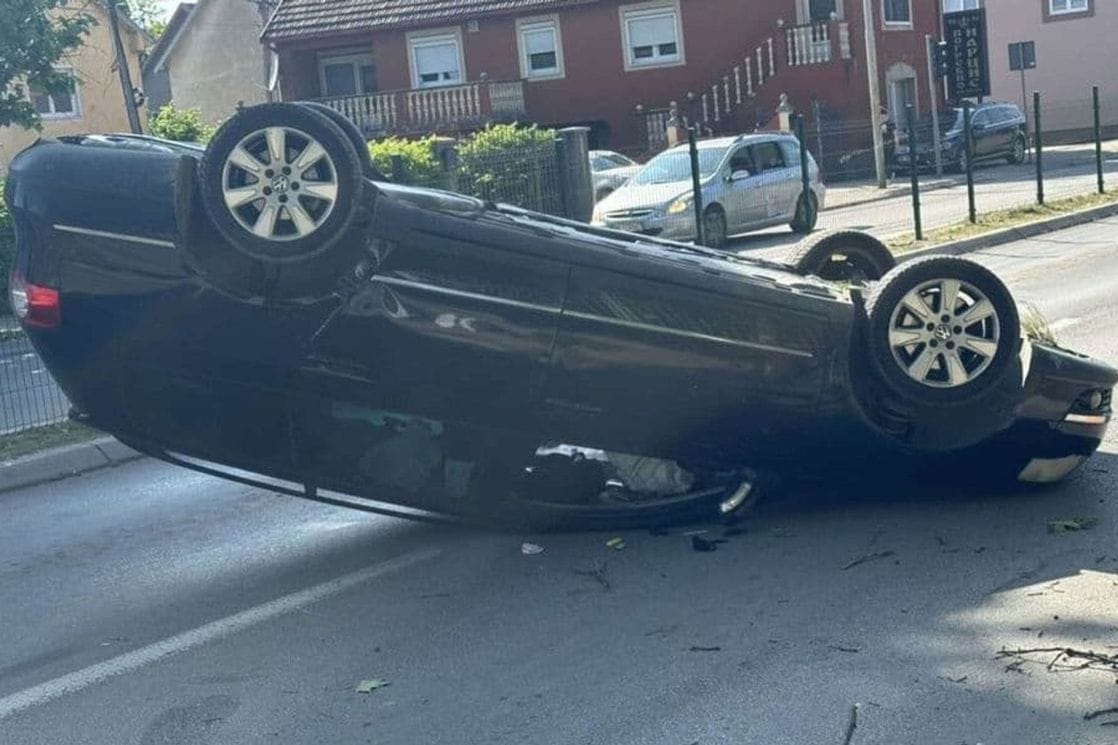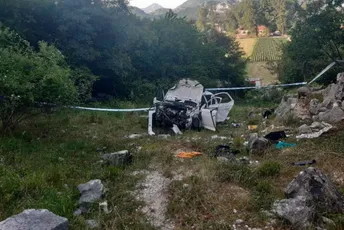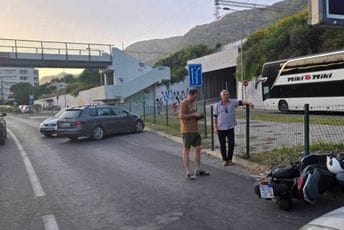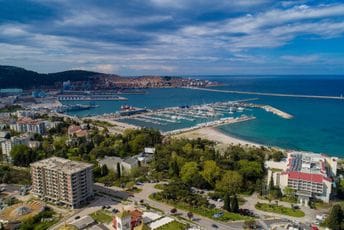In Montenegro, two serious traffic accidents occurred resulting in four fatalities, including children. Forensic expert Goran Čarapić emphasizes that inappropriate speed is the most common cause of traffic accidents with severe consequences, while road conditions are generally satisfactory. He calls for increased traffic control, especially during the tourist season when traffic volume is higher. The police administration also appeals to drivers to drive carefully and responsibly, adjusting speed to road conditions, and stresses that the police cannot be present at every location where violations occur. In traffic accidents in Montenegro, the human factor is often decisive, while road conditions are mostly good. Additionally, traffic jams, protest blockades, and increased vehicle numbers during the tourist season further complicate traffic and increase the risk of accidents.
Political Perspectives:
Left: Left-leaning sources emphasize the human factor as the primary cause of traffic accidents, highlighting the need for systemic improvements such as better road infrastructure and increased government responsibility in ensuring road safety. They stress the importance of continuous traffic control and preventive measures, especially during peak tourist seasons, and advocate for stronger enforcement of traffic laws to protect vulnerable road users.
Center: Center-leaning sources provide a balanced view, acknowledging that while road conditions have improved due to reconstruction efforts, the main cause of accidents remains inappropriate speed and human error. They highlight the challenges of increased traffic during tourist seasons and the limitations of police presence. The narrative focuses on calls for responsible driving, adherence to traffic regulations, and the need for increased traffic control to reduce accidents.
Right: Right-leaning sources focus on personal responsibility of drivers, emphasizing that despite improvements in road infrastructure, accidents are primarily caused by reckless driving and failure to adapt speed to road conditions. They stress the importance of law enforcement and penalties to deter dangerous behavior. The narrative often includes appeals to drivers to be cautious and responsible, with less emphasis on systemic or infrastructural issues.























